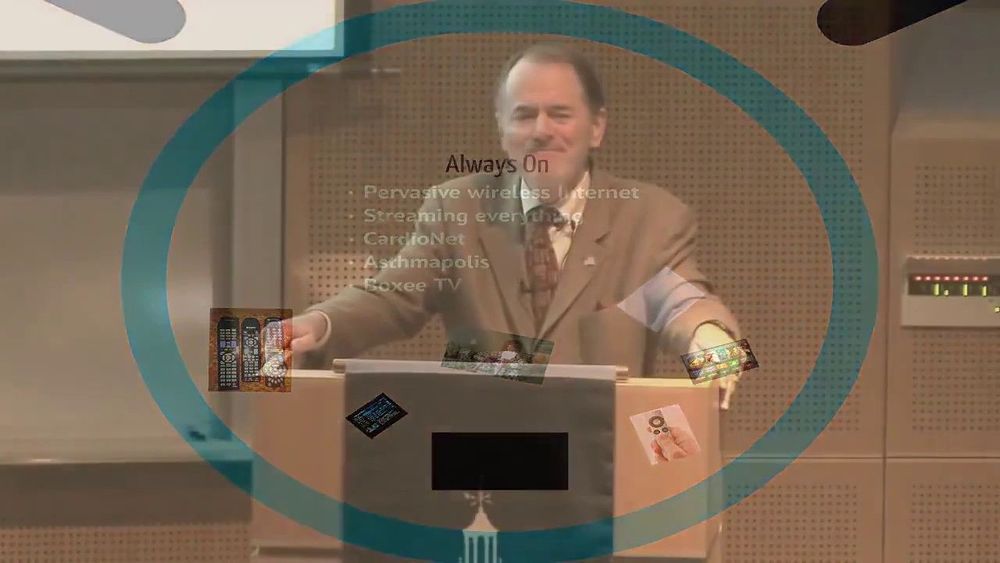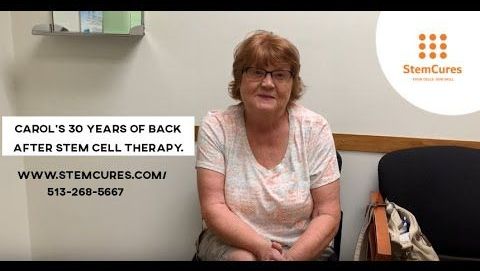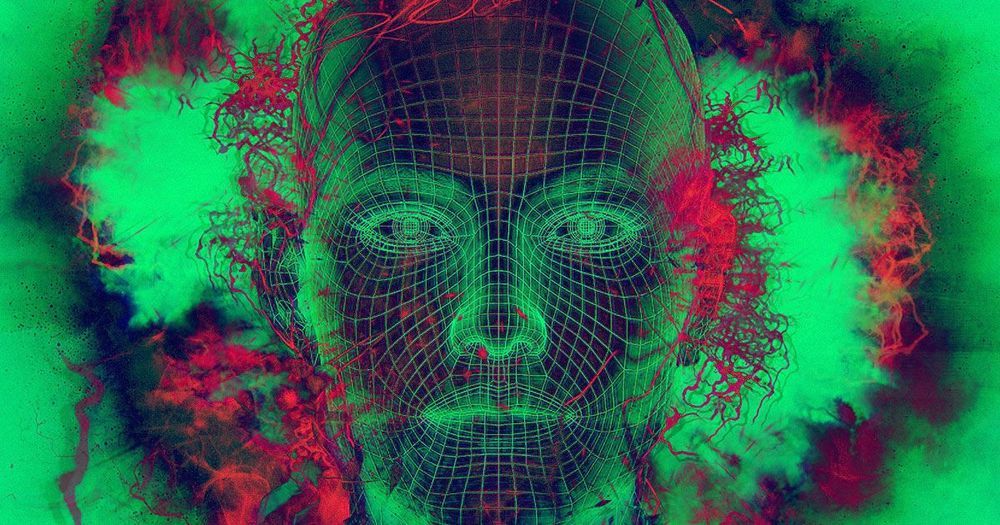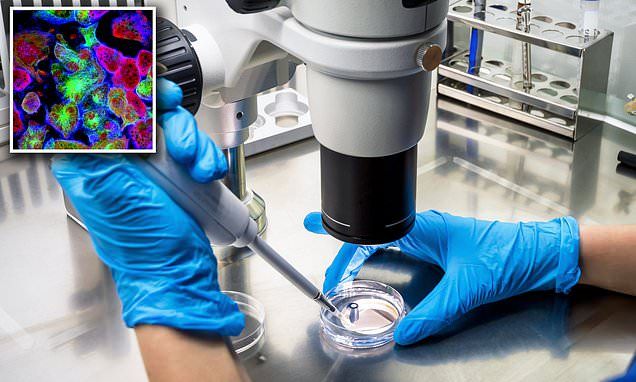The program, called Somatic Cell Genome Editing, will be investing $190 million. (2018)
Last year, I wrote about a team of Chinese scientists having received ethical approval to perform a clinical trial of gene-editing. The goal was to test whether gene-editing may be a potential cure for cancer. The technology used for the trial is called CRISPR/Cas9, not exactly a household name. CRISPR stands for Clustered Regularly Interspaced Short Palindromic Repeats. Cas9 stands for CRISPR associated protein 9, an RNA-guided DNA endonuclease enzyme. If you read all these words a few times, it can make your head hurt. The topic is complex, but I hope in this post to make it more understandable.
After reading about CRISPR more than a few times, I think I finally get the concept. I may not have this 100% right, but following is what I believe it is about. To imagine what gene-editing is, consider editing of a video. The software shows you each frame of the video. You select a frame you want to edit and display the frame in video editing software. You make the changes to look the way you want the frame to look, and then insert the frame back into the video. For example, the original video may have contained an unneeded “um” or “ah” or “eh” which added no value to the video.









